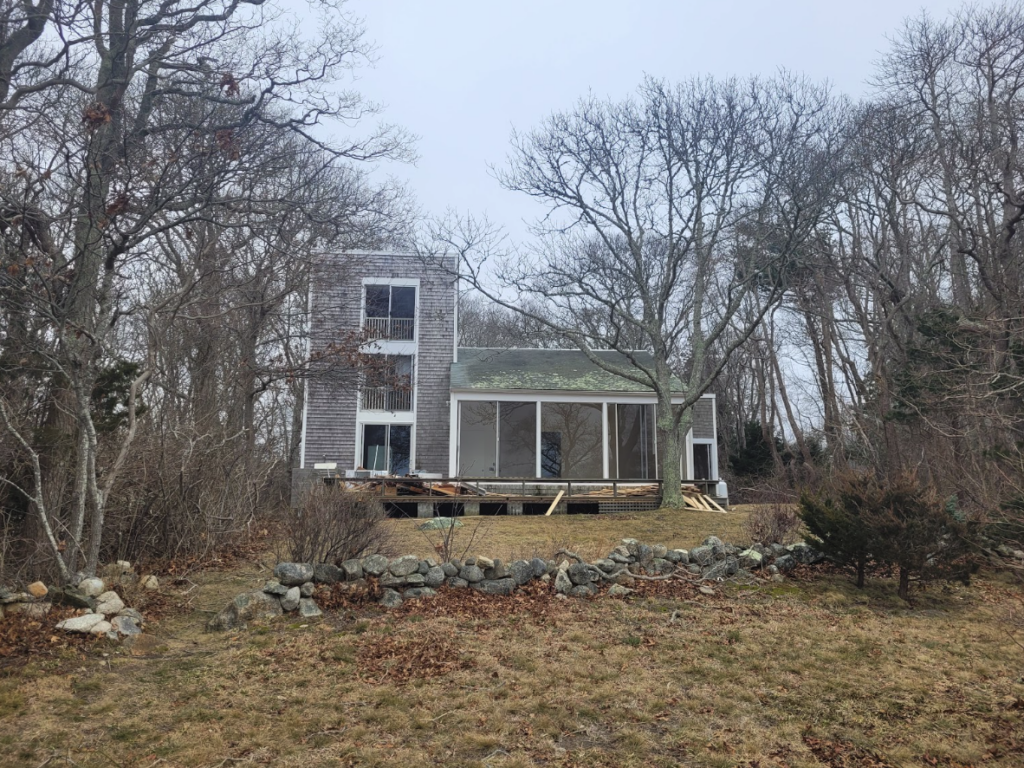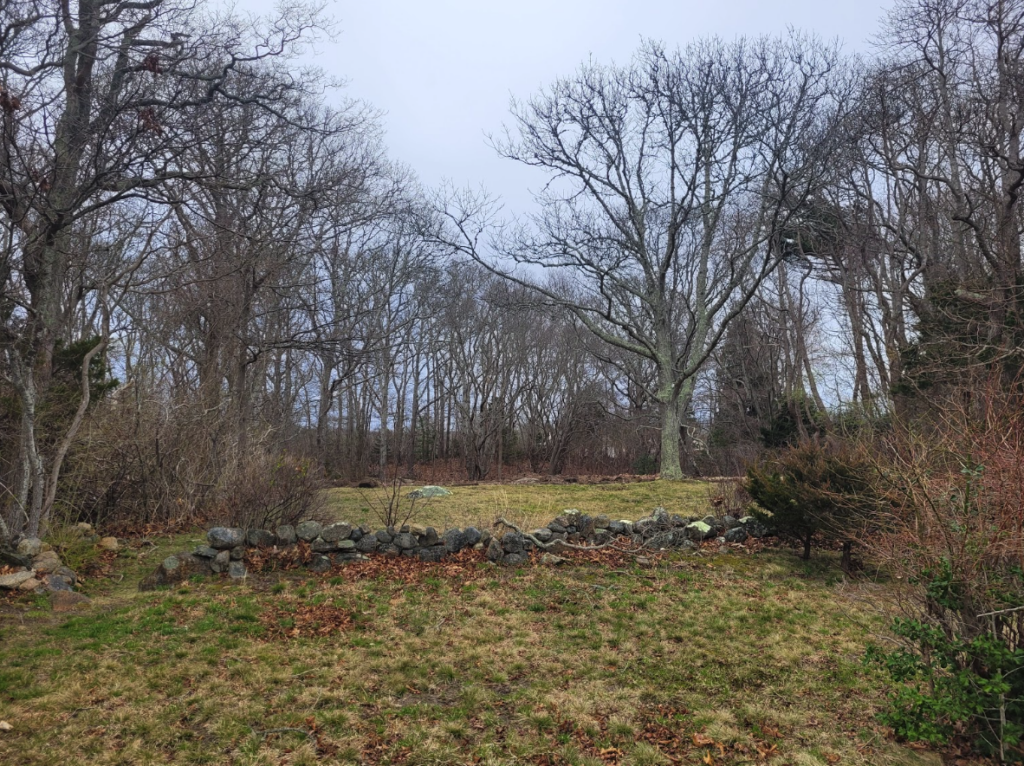Insights
How to Un-Develop Land
By Tom Chase
Perhaps your community is like mine: years ago, sensing that the character of our landscape was being lost through development, conservation-minded citizens created a land trust. Soon, many selfless and generous families donated their woods and farms. In time, the land trust learned to raise funds and protect particularly cherished parcels before developers could replace habitat with subdivisions. However, land protection could not outpace development. Land prices began to exceed what the land trust could raise, or even what locals could afford to buy for their own homes. Families began to move away, replaced by new people who were genuinely attracted to the rural feel of the town, but who had little sense of the land’s ecological context or history. “Ecological amnesia” set in; the conservation fervor slipped a bit. Development continued, even accelerated. Gradually what habitat was left sat on smaller and smaller fragments of land. Then came stiff competition for those remaining pieces, for high-end homes, golf courses, affordable housing, municipal infrastructure, and for conservation.
By then the impacts of habitat fragmentation had become tangible. Despite all the land that had been protected, the ecosystem showed signs of dysfunction. For example, water quality declined. Wildlife populations became isolated and species disappeared. What started out as a popular, if generic, mission to protect the character of the community evolved into a more urgent and specific mission to protect local biodiversity and ecosystem services.
Climate change threatens to exacerbate all this as it forces plant and animal populations to shift. If they are unable to, they will continue to disappear and take with them essential ecosystem services like pest and pathogen reduction, soil development, pollination and water purification.
Then followed the conservationist’s dilemma: many of the habitat fragments that were left were too small and scattered to sustain populations of many species, much less filter and replenish the water supply. Ecological restoration and better land management might improve the biodiversity and function of existing conservation parcels, but the ecosystem would remain fragmented and impaired. Protecting the smaller parcels might avert worse degradation, but it would not reverse the decline.
People and biodiversity needed a functioning ecosystem more than ever, but the remaining parcels were too small to provide it. The strategy of land protection could no longer solve the problem. So now what? I can only think of three options left for the land trust. One is to quit, which I’ve never seen a land trust do. For those of us who are tied to our communities – to our families, our ancestors, or the lands and waters that deeply speak to us – there is no quitting.
Another approach for the land trust is to deflect defeat by celebrating its past land protection successes, directing attention away from diversity and ecosystem services to focus on other goals, like new trails and public events. These are all good things to do, but still do not address the most important goal: to make the land livable for people and biodiversity as the climate changes.
The third option is almost unimaginable: to “undevelop,” reconnecting the land in the critical places, re-creating an integrated landscape that can once again provide the ecosystem services that the community and its biodiversity need. I call that “undevelopment,” and its goal is not to just arrest, but to strategically reverse fragmentation.
In this article I will explain how we’ve started to do that on Martha’s Vineyard – not the typical American community, to be sure, but it is one where new strategies can be tested so that other communities can adapt them to their own circumstances. But first, I need to introduce a personal hero.
The only time I met Bea Barrett, she walked unannounced into my office on Martha’s Vineyard to find out what The Nature Conservancy was up to on the Island. From her home on Cape Cod, she had sailed around the Vineyard many times, but seldom landed here. This time she came ashore, shortly after I had begun wrestling with the problem of habitat fragmentation and ecosystem services. I took her on a walk to one of our nearby properties to tell her what was on my mind.
In her early 80s at the time, thin but ramrod straight, she walked with fluid grace and spoke as if we had known each other for years. I instantly felt comfortable bypassing the usual introduction to typical conservation problems and how we proposed to solve them. Instead, I jumped right into the deep end of the pool and explained the arcane problem of habitat fragmentation and how it wasn’t just a problem for the land. It was a problem for the human community as well, for the Island was witnessing a diaspora of its youth and elderly alike, as multi-generational families were less and less able to afford land, let alone make their living off of it. I told her I was troubled by this for professional and, frankly, personal reasons. By that time in my career, I had led several complicated, contentious, expensive, and large land conservation deals. But as large as they had been, I could see the march of land development was still going to outpace us. Moreover, I could see how my own aging parents were struggling. I could see first-hand how, despite a lifetime of work on and for the Vineyard, the Island community was becoming too expensive for them. This was a problem for many of the families I grew up with.
This resonated with Bea. She had witnessed the same problem on the Cape, which was larger but had experienced rapid land development for much longer than the Vineyard had. Thus encouraged, I floated a nascent idea: what if we could undevelop land, and at the same time help Island families?
The idea, I said, rested on buying “remainder interests,” more popularly referred to as “life estates,” which are similar to reverse mortgages. I had already reviewed it with two of the most brilliant attorneys I’d ever had the privilege to work with while at The Nature Conservancy, Phil Tabas and the late Dennis Wolkoff. Remainder interests work basically like this: willing owners voluntarily sell their property to a conservation organization, which would take possession of it only after the owners’ lives had ended. (The sellers keep the use of their property, unrestricted, for the rest of their lives, hence “life estate”, and the buyer purchases the future, or “remainder” interest.)
After the owners’ lives have ended, the house would be moved or recycled for affordable housing elsewhere, and the land would be restored to native habitat. Done often enough, and in strategic places, conservation lands could eventually become large and connected enough to restore ecosystem function.
Because the buying organization doesn’t gain control until the future, it pays less. A professional appraises the value of the property today, and then adjusts the price based on standard actuarial life expectancies – the same standard calculation that banks use for reverse mortgages. The older the owners, the more they get; the younger get less, because they can be expected to have full use of the land for a longer time.
As I mentioned, the first up-side to the sellers is that they get to use their property as they normally would for the rest of their lives – for example, to live in or rent for income. Also, they now have funds to afford to age in place, or help kids or grandkids while they are alive to see them enjoy it. If they have more than one heir, they are now able to convert their property (often their largest asset) into cash that can be fairly divided, thus avoiding a common outcome of inheritance: kids fighting over whether to share the property, sell it, or buy the other out. (I’d seen several families, even wealthy ones, implode under the weight of inheritance and perceived injustices.) Another benefit to the heirs is that selling remainder interests may minimize or even avoid capital gains taxes.
One upside to the buyers is that they can realistically afford to buy built properties. That is, remainder interests are generally within the same cost range as buying open space. In fact, and counterintuitively, if they buy a remainder interest from an owner who is young enough, the price of a built property can actually be lower than the cost of an otherwise, equal but unbuilt property. More commonly, however, people sell remainder interests only when they are older, but the point remains: remainder interests render built land affordable.
More importantly, land trusts can aim for the properties that are strategically critical to reconnecting ecosystems – not just those few vacant parcels that happened to be left, wherever they may be,but ones that link already-protected land or buffer critical patches of rare habitat.
Remainder interests were not a new idea, and I had been warned away from this approach by those who had been in the land protection business much longer than me. The biggest problem for them was that actuarial projections are only based on averages; you don’t know when the buyer is going to die. “You just can’t believe how long some of these old folks can hang on!” one of the old guard told me. (To that I thought: if you think that helping elders live longer, happier lives and keeping families intact is a problem, then you’ve probably been in the business too long.) From my perspective, which valued community as much as conservation, enabling a good life for elders was the immediate benefit; an ecologically functioning landscape, adapted to the coming climate was the long-term benefit.
Another obvious downside for the buyer, of course, is that the native habitat on a given parcel may have already been largely destroyed, and ecological restoration with native vegetation would have to follow removal of the structures. This was undeniably true, and there is no question that whenever possible, it is best to conserve land before the habitat is destroyed. However, from an undevelopment perspective, the most important criterion is not the current habitat value of a property, but its location. We are no longer trying to protect existing habitat, but to restore contiguous, functioning ecosystems. In fact, as perverse as it sounds, once habitat has been destroyed, the urgency to protect it is gone. A parcel’s habitat can be restored in time, but its location cannot be altered.
What I was arguing for was a shift in conservation perspective: away from “saving” fragments of the landscape and more to restoring the one that people and biodiversity need; towards building a future that we wanted, not a memorial to the past we lamented. If we could shift the conservation reflex away from the urgent towards the long-term perspective, then we could change the trajectory of fragmented landscape from progressively worse to progressively better. Over time, future generations could end up with a better environment than the one they inherited from us.
This all sounded right as I spoke. We had at least two organizations with the capacity or funding to buy properties (the Martha’s Vineyard Land Bank and, at that time, The Nature Conservancy). But one problem remained: even though developed land could be rendered affordable through remainder interests, there were still the added costs of moving or salvaging buildings and restoring the land afterwards. That, I told Bea, I had yet to figure out.
The afternoon had worn on. The winds were favorable, and Bea had to get back to her boat. As we walked back to the office, she told me of her life interest in the arts and in dance and her love of sailing. She politely asked me to keep in touch on what she called “my big idea,” and we parted ways.
Bea Barret died two years later, at the age of 83. When I met her, she never mentioned that she had already been diagnosed with terminal cancer. Some time after that, her best friend and executor, attorney Alice Popkin, told me Bea was moved by “my big idea,” and left about $1.5 million to The Nature Conservancy to fund undevelopment and restoration. As an endowment, its annual interest earnings would subsidize the cost of moving, salvaging and restoring properties indefinitely. More specifically, Bea restricted the fund to be used exclusively on Martha’s Vineyard. Should one day the Island be lost to erosion and sea level rise, it could be used on the Cape, but not until then. Writing this now, two decades later, deep emotions well up in me when I think of Bea’s trust in a crazy idea, for an Island she seldom saw and little knew.
This year, the first of Bea’s endowment was put to use and funded $186,000 to subsidize the deconstruction and ecological restoration of two building sites purchased by the Martha’s Vineyard Land Bank. One is perched on a fragile barrier beach in the town of Vineyard Haven. The other adjoins another Land Bank property on the shores of James Pond, one of the Island’s cherished salt ponds, valued in part for its shellfish. Both structures are vulnerable to storm surge, and the restoration of native vegetation on these sites will help build natural resilience to the surrounding native land and water habitats.


Deconstruction of a property on James Pond, Martha’s Vineyard, to restore natural vegetation and resilience.
To me, undevelopment is only half of the equation of landscape-scale redevelopment. The other half is to purchase remainder interests in climate-safe areas within walkable distance of our traditional towns. Then, at the end of the owners’ lives, their properties can join the permanent pool of affordable housing. Thus, we can simultaneously restore ecosystem services for both people and biodiversity, while also revitalizing towns where families can live generation after generation – families whose wellbeing is once again tied to the wellbeing of the land, and vice versa.
In the end, this is what climate change will demand of us anyway, to shift where we live and to make the most functioning of the emerging ecosystems. We have only two choices, to do it proactively or reactively.
Thank you for reading.

